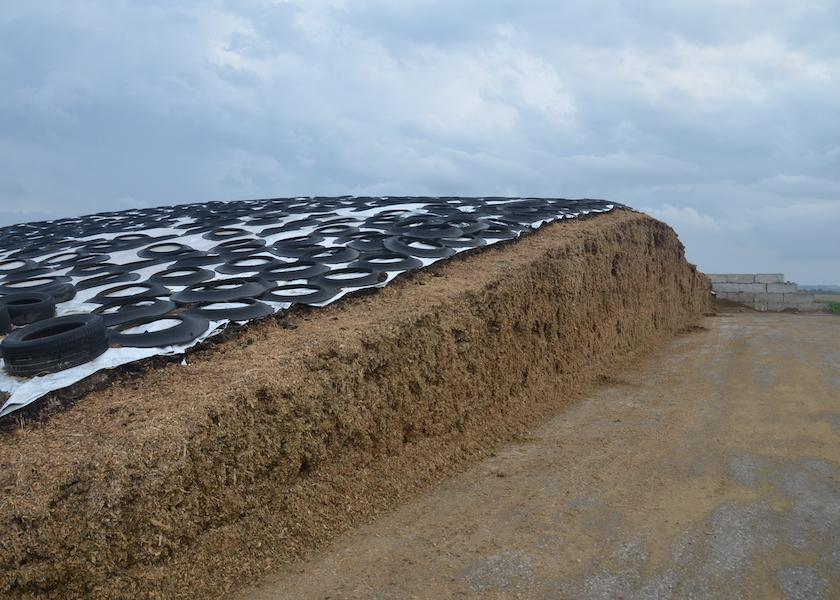Be Mindful of Mycotoxin Risk in New Silage

As dairy producers transition into newly fermented corn silage it’s important they pay attention to the potential for higher-than-average levels of molds and mycotoxins, according to Anthony Hall, MSc MSB, PAS, Technical Services – Ruminant, Lallemand Animal Nutrition.
The first step to evaluating the risk your silage will have a high level of mycotoxins is to assess the conditions during harvest, Hall says.
“Mycotoxins are produced by specific molds, which cannot be completely avoided in the process of growing and storing crops for feed. Harvest conditions are an important factor to assess your operation’s risk of mycotoxin contamination,” he says.
Corn grown under stressors like drought, weed or insect infestation, has the potential to be more susceptible to fungal infestation during the ensiling process that could possibly lead to production of mycotoxins, Hall adds.
Did you use an inoculant during the ensiling process? Hall says the risk of mycotoxins is offset by the use of a forage inoculant. If not, it’s important to sample your silage to detect issues.
Jordan Hunt, a nutritionist with GPS Nutrition LLC recommends three key forage sampling techniques and methods:
1. Make sure the sample represents the entire silage face. “Nutrient values can vary significantly from top to bottom and side to side of a silage face. Sample what you are actually feeding the milk cows,” he says. “Take a minimum of five handfuls from various spots of the comingled pile and put them into a clean, 5-gallon bucket. It’s important to note that you need to scoop, not grab, because corn can easily separate out when sampling corn silage and cause a poor sample.”
2. Make a composite sample. “Mix the silage in the bucket by scraping along the bottom and tumbling. The focus here is not to overmix and cause separation. Next, pull a composite sample from the bucket by starting in one spot and working around the outer portion of bucket until you have filled a quart plastic bag ¾ full or you have enough for a koster test,” he advises. “It’s important to work along the outer edge of the bucket because it makes it easier to get a packed hand full of feed. Pack the sample in a bag to drive air out to keep it stable for shipment.”
3. Get the sample to the lab quickly! Hunt recommends producers deliver the sample to the lab if it’s an option. “Most labs offer next-day shipping which you should use if you can, because fresh samples ensure the most accurate results,” he says. “If you can’t get the sample to the lab quickly, then freeze it before shipping.”







